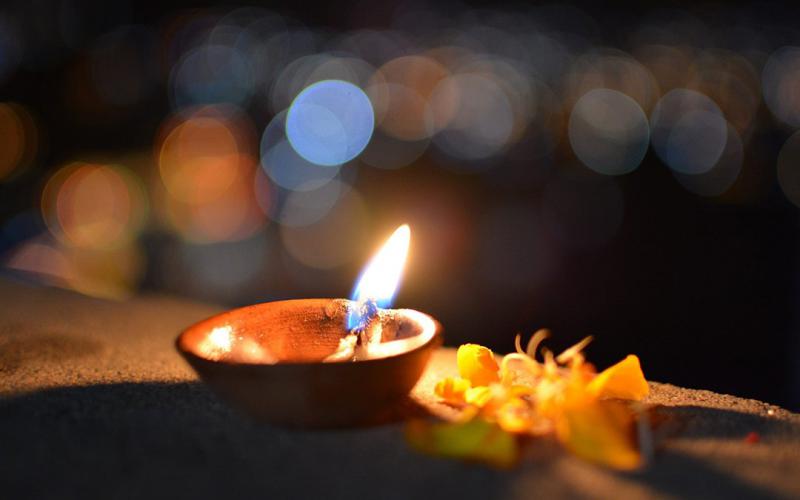
Tihar, Yama Panchak
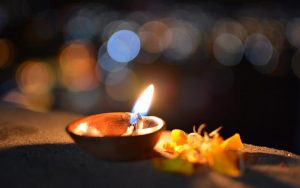 Age, health, wealth, home, family and society are the main subjects of happiness in human life. And, Tihar, Yama Panchak is a festival of cultural and religious significance that aspires to get out of poverty and aim towards prosperity, knowledge from ignorance, towards the light from darkness, from despair to hope, to consciousness from unconsciousness, and from sorrow to happiness.
Age, health, wealth, home, family and society are the main subjects of happiness in human life. And, Tihar, Yama Panchak is a festival of cultural and religious significance that aspires to get out of poverty and aim towards prosperity, knowledge from ignorance, towards the light from darkness, from despair to hope, to consciousness from unconsciousness, and from sorrow to happiness.
Tihar “Yama Panchak”
Tihar is celebrated for five consecutive days from Kartik Krishnapakchya Trayodashi. This period is also known as Yama Panchak, adding the name to yamaraj, the god of death. According to folklore and legend, Yamaraj is the God who provides the karma according to the auspicious deeds done by man all his life. During Yama Panchak, he comes to celebrate Bhai tika at his sisters’ invitation to the earth. As he comes to earth as a guest, even his guardians are worshipped and paid homage to make them happy.
Death being the ultimate truth, human nature is to try to be happy as long as he is alive. This is the reason why lamps are offered in honor of the god of death urging not to enter the house during the year, for no untimely death or accidents. The crow and dog are worshipped as they are considered to be saviors from the untimely death. The god of Ayurveda, Dhanbantari is also worshipped for the accomplishment of treatment and early recovery.
The month of Kartik namely when the sun is in lowliness, on top of that the Amavasya, when the moon is also weak and is in hiding, thus a dark night. But, this same night symbols of consciousness and knowledge are practiced with happiness and prosperity. The darkest night of the whole year, the oil lamps are illuminated to the goddess of wealth, Mahalaxmi. The houses are cleaned and flower garlands hung over the windows and doors. The goddess is welcomed at every household. This is why the night is called sukharatri (a good night) and the eve of this sukharatri the wealth not gained and the one in possession to be secure the law of worshipping the god of wealth Kuber is observed. This same day cows are worshipped as the living embodiment of goddess Laxmi, thus is also known as Gai Tihar.
According to the scriptures, the day of Kartik Sukla pratipada the shows of cows and bulls are to be observed. With the wish to enhance the bulls and ox as food providers, Gokul as prosperity, mount Govardhan as natural heritage reserve of grass, woods, and water as well as shelter from a catastrophic event. Lord Krishna, Balaram, Nanda, Yashoda, Gopal, etc. should be worshiped as augmenters of Gokul.
During the Dwapar era, according to the suggestion of Lord Krishna, Gopalas were to worship Mount Govardhan instead of Lord Indra. By doing so, lord Indra becomes furious and the event that Krishna holds the Govardhan Mountain to save the Earth from the raining of the angry Indra also comes into account with Govardhan Puja. The Newar community, this day worships oneself (self) as a part of the divine entity, and the New Year (Nhu:-Daya: Bhintuna) of Nepal Sambat also begins. This night of Kartik Shukla Pratiprada one should worship the danvir and the committed king Baliraja, for the devotion and proximity with Lord Narayana.
The day of Bhai Tika, Yamraj and Yamuna are worshipped. There is a popular mythology that those who died during the Yama Panchak do not have to enter the gate of hell as Yama was delighted by the hospitality of Yamuna. On this day, worshiping the family of Yama, Yamuna’s maidservant and AshtaChiranjeevi, the sisters pray for the brother’s health and longevity while the brothers also wish the sisters prosperity and longevity as well. On this day, worship of Ashta Chiranjeevi (Ashwattha), worship of Bali, Vyasa, Hanuman, Vibhishan, Kripacharya, Parshuram, and Markandeya is believed to achieve longevity.
Tihar can be regarded as a festival to keep the bond between brothers and sisters strong and intimate. Whether it is sisters who have gone away after marriage, brothers and sisters who are away, irrespective of country, time, or circumstance, Tihar brings them back together once a year or every year.
Tihar is also celebrated as a cultural festival. During the festival, fried bread, anarsa, and sweets are prepared whereas houses are decorated with oil – lamps, and flowers. It is also believed to provide peace, love, and healing through the seven colors tika on the forehead and purple globe amaranth flower garland worn by the brothers.
The teens also sing songs and hymns depicting the lives of lord ram and king Bali. By playing Deusi Bhailo, exchanging blessings and good wishes promotes Cultural traditions of social work from the cash raised through activities of Deusi Bhailo. The traditional Deusi Bhailo singing from house to house promotes the original culture and folklore, as well thereby enhancing enthusiasm, excitement, and happiness among the people.
Related Posts
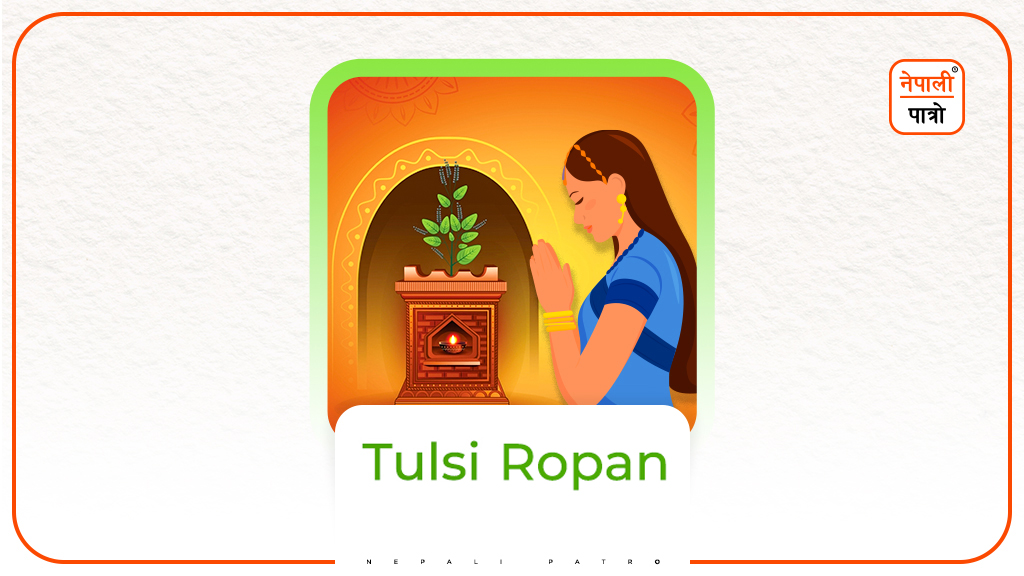 array(1) {
[0]=>
object(WP_Term)#2277 (16) {
["term_id"]=>
int(383)
["name"]=>
string(9) "Festivals"
["slug"]=>
string(12) "festivals-en"
["term_group"]=>
int(0)
["term_taxonomy_id"]=>
int(383)
["taxonomy"]=>
string(8) "category"
["description"]=>
string(440) "Festivals are celebrated on special days and dates by people of different castes and communities celebrating and worshiping different deities by having a feast etc. Melapat (social gathering), means trips, and festivals that bring people together. Jatra usually means the festival of god or goddess like Rath Yatra, Khat Yatra etc. Likewise, traditions refer to different Rituals, practises, and traditions that have long been practiced."
["parent"]=>
int(0)
["count"]=>
int(94)
["filter"]=>
string(3) "raw"
["cat_ID"]=>
int(383)
["category_count"]=>
int(94)
["category_description"]=>
string(440) "Festivals are celebrated on special days and dates by people of different castes and communities celebrating and worshiping different deities by having a feast etc. Melapat (social gathering), means trips, and festivals that bring people together. Jatra usually means the festival of god or goddess like Rath Yatra, Khat Yatra etc. Likewise, traditions refer to different Rituals, practises, and traditions that have long been practiced."
["cat_name"]=>
string(9) "Festivals"
["category_nicename"]=>
string(12) "festivals-en"
["category_parent"]=>
int(0)
}
}
festivals-en
Festivals
array(1) {
[0]=>
object(WP_Term)#2277 (16) {
["term_id"]=>
int(383)
["name"]=>
string(9) "Festivals"
["slug"]=>
string(12) "festivals-en"
["term_group"]=>
int(0)
["term_taxonomy_id"]=>
int(383)
["taxonomy"]=>
string(8) "category"
["description"]=>
string(440) "Festivals are celebrated on special days and dates by people of different castes and communities celebrating and worshiping different deities by having a feast etc. Melapat (social gathering), means trips, and festivals that bring people together. Jatra usually means the festival of god or goddess like Rath Yatra, Khat Yatra etc. Likewise, traditions refer to different Rituals, practises, and traditions that have long been practiced."
["parent"]=>
int(0)
["count"]=>
int(94)
["filter"]=>
string(3) "raw"
["cat_ID"]=>
int(383)
["category_count"]=>
int(94)
["category_description"]=>
string(440) "Festivals are celebrated on special days and dates by people of different castes and communities celebrating and worshiping different deities by having a feast etc. Melapat (social gathering), means trips, and festivals that bring people together. Jatra usually means the festival of god or goddess like Rath Yatra, Khat Yatra etc. Likewise, traditions refer to different Rituals, practises, and traditions that have long been practiced."
["cat_name"]=>
string(9) "Festivals"
["category_nicename"]=>
string(12) "festivals-en"
["category_parent"]=>
int(0)
}
}
festivals-en
Festivals
Method of planting Tulasi
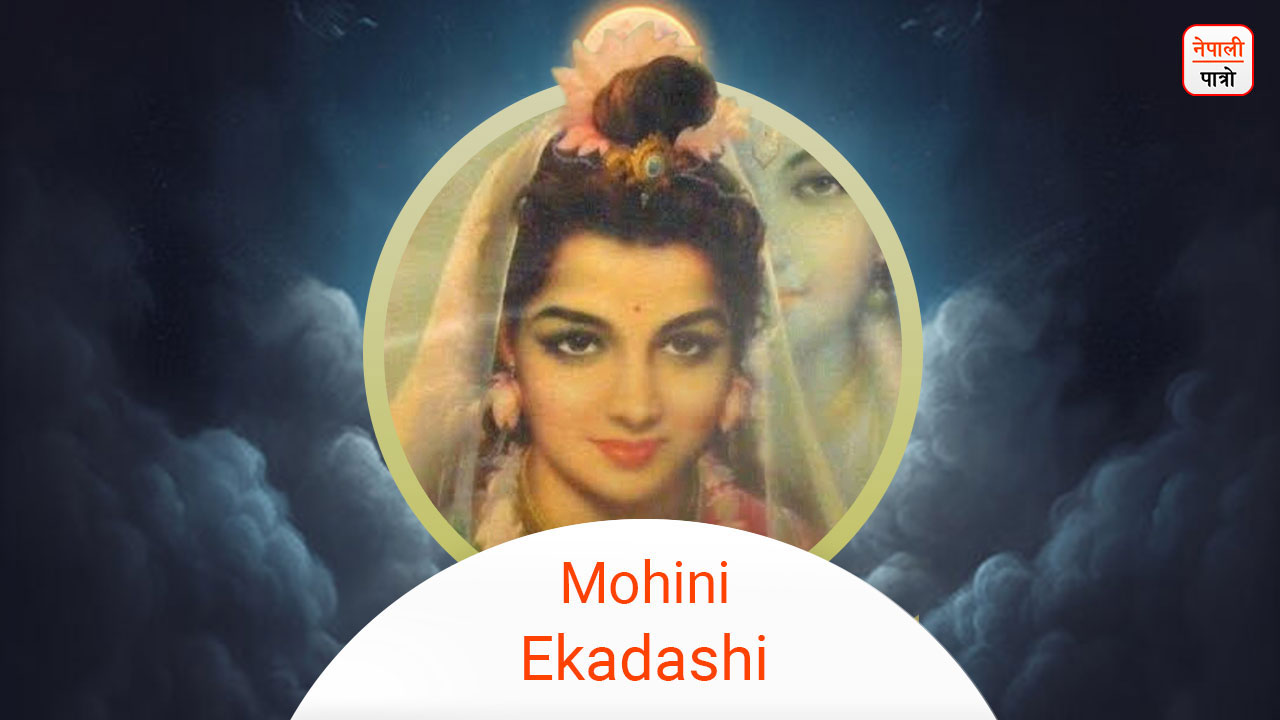 array(1) {
[0]=>
object(WP_Term)#2276 (16) {
["term_id"]=>
int(383)
["name"]=>
string(9) "Festivals"
["slug"]=>
string(12) "festivals-en"
["term_group"]=>
int(0)
["term_taxonomy_id"]=>
int(383)
["taxonomy"]=>
string(8) "category"
["description"]=>
string(440) "Festivals are celebrated on special days and dates by people of different castes and communities celebrating and worshiping different deities by having a feast etc. Melapat (social gathering), means trips, and festivals that bring people together. Jatra usually means the festival of god or goddess like Rath Yatra, Khat Yatra etc. Likewise, traditions refer to different Rituals, practises, and traditions that have long been practiced."
["parent"]=>
int(0)
["count"]=>
int(94)
["filter"]=>
string(3) "raw"
["cat_ID"]=>
int(383)
["category_count"]=>
int(94)
["category_description"]=>
string(440) "Festivals are celebrated on special days and dates by people of different castes and communities celebrating and worshiping different deities by having a feast etc. Melapat (social gathering), means trips, and festivals that bring people together. Jatra usually means the festival of god or goddess like Rath Yatra, Khat Yatra etc. Likewise, traditions refer to different Rituals, practises, and traditions that have long been practiced."
["cat_name"]=>
string(9) "Festivals"
["category_nicename"]=>
string(12) "festivals-en"
["category_parent"]=>
int(0)
}
}
festivals-en
Festivals
array(1) {
[0]=>
object(WP_Term)#2276 (16) {
["term_id"]=>
int(383)
["name"]=>
string(9) "Festivals"
["slug"]=>
string(12) "festivals-en"
["term_group"]=>
int(0)
["term_taxonomy_id"]=>
int(383)
["taxonomy"]=>
string(8) "category"
["description"]=>
string(440) "Festivals are celebrated on special days and dates by people of different castes and communities celebrating and worshiping different deities by having a feast etc. Melapat (social gathering), means trips, and festivals that bring people together. Jatra usually means the festival of god or goddess like Rath Yatra, Khat Yatra etc. Likewise, traditions refer to different Rituals, practises, and traditions that have long been practiced."
["parent"]=>
int(0)
["count"]=>
int(94)
["filter"]=>
string(3) "raw"
["cat_ID"]=>
int(383)
["category_count"]=>
int(94)
["category_description"]=>
string(440) "Festivals are celebrated on special days and dates by people of different castes and communities celebrating and worshiping different deities by having a feast etc. Melapat (social gathering), means trips, and festivals that bring people together. Jatra usually means the festival of god or goddess like Rath Yatra, Khat Yatra etc. Likewise, traditions refer to different Rituals, practises, and traditions that have long been practiced."
["cat_name"]=>
string(9) "Festivals"
["category_nicename"]=>
string(12) "festivals-en"
["category_parent"]=>
int(0)
}
}
festivals-en
Festivals
Mohini Ekadashi
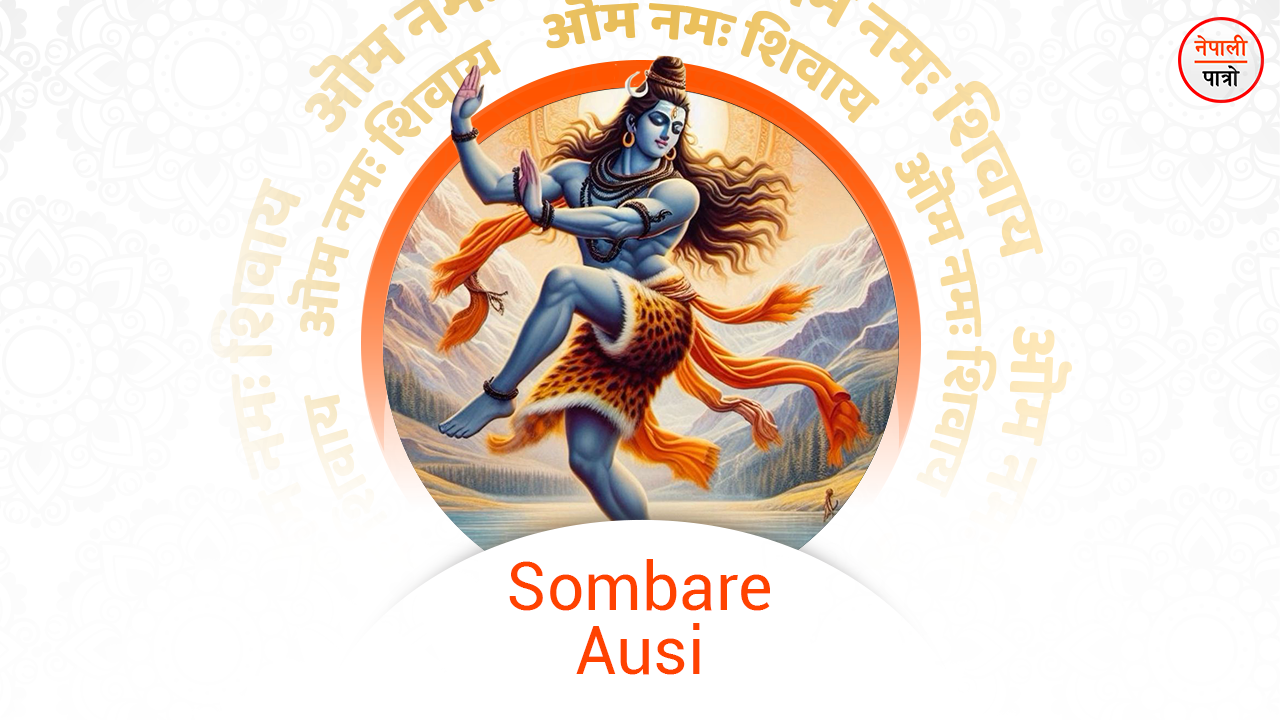 array(1) {
[0]=>
object(WP_Term)#2275 (16) {
["term_id"]=>
int(383)
["name"]=>
string(9) "Festivals"
["slug"]=>
string(12) "festivals-en"
["term_group"]=>
int(0)
["term_taxonomy_id"]=>
int(383)
["taxonomy"]=>
string(8) "category"
["description"]=>
string(440) "Festivals are celebrated on special days and dates by people of different castes and communities celebrating and worshiping different deities by having a feast etc. Melapat (social gathering), means trips, and festivals that bring people together. Jatra usually means the festival of god or goddess like Rath Yatra, Khat Yatra etc. Likewise, traditions refer to different Rituals, practises, and traditions that have long been practiced."
["parent"]=>
int(0)
["count"]=>
int(94)
["filter"]=>
string(3) "raw"
["cat_ID"]=>
int(383)
["category_count"]=>
int(94)
["category_description"]=>
string(440) "Festivals are celebrated on special days and dates by people of different castes and communities celebrating and worshiping different deities by having a feast etc. Melapat (social gathering), means trips, and festivals that bring people together. Jatra usually means the festival of god or goddess like Rath Yatra, Khat Yatra etc. Likewise, traditions refer to different Rituals, practises, and traditions that have long been practiced."
["cat_name"]=>
string(9) "Festivals"
["category_nicename"]=>
string(12) "festivals-en"
["category_parent"]=>
int(0)
}
}
festivals-en
Festivals
array(1) {
[0]=>
object(WP_Term)#2275 (16) {
["term_id"]=>
int(383)
["name"]=>
string(9) "Festivals"
["slug"]=>
string(12) "festivals-en"
["term_group"]=>
int(0)
["term_taxonomy_id"]=>
int(383)
["taxonomy"]=>
string(8) "category"
["description"]=>
string(440) "Festivals are celebrated on special days and dates by people of different castes and communities celebrating and worshiping different deities by having a feast etc. Melapat (social gathering), means trips, and festivals that bring people together. Jatra usually means the festival of god or goddess like Rath Yatra, Khat Yatra etc. Likewise, traditions refer to different Rituals, practises, and traditions that have long been practiced."
["parent"]=>
int(0)
["count"]=>
int(94)
["filter"]=>
string(3) "raw"
["cat_ID"]=>
int(383)
["category_count"]=>
int(94)
["category_description"]=>
string(440) "Festivals are celebrated on special days and dates by people of different castes and communities celebrating and worshiping different deities by having a feast etc. Melapat (social gathering), means trips, and festivals that bring people together. Jatra usually means the festival of god or goddess like Rath Yatra, Khat Yatra etc. Likewise, traditions refer to different Rituals, practises, and traditions that have long been practiced."
["cat_name"]=>
string(9) "Festivals"
["category_nicename"]=>
string(12) "festivals-en"
["category_parent"]=>
int(0)
}
}
festivals-en
Festivals
Sombare Aunsi
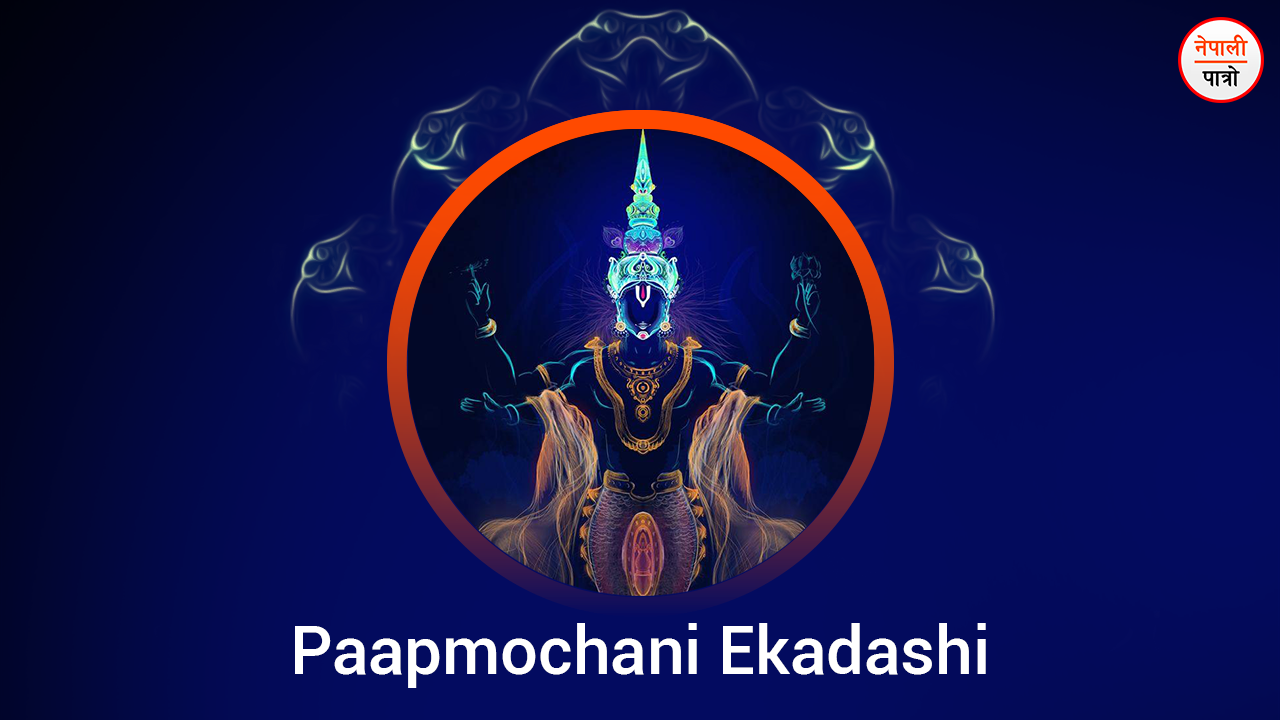 array(1) {
[0]=>
object(WP_Term)#2274 (16) {
["term_id"]=>
int(383)
["name"]=>
string(9) "Festivals"
["slug"]=>
string(12) "festivals-en"
["term_group"]=>
int(0)
["term_taxonomy_id"]=>
int(383)
["taxonomy"]=>
string(8) "category"
["description"]=>
string(440) "Festivals are celebrated on special days and dates by people of different castes and communities celebrating and worshiping different deities by having a feast etc. Melapat (social gathering), means trips, and festivals that bring people together. Jatra usually means the festival of god or goddess like Rath Yatra, Khat Yatra etc. Likewise, traditions refer to different Rituals, practises, and traditions that have long been practiced."
["parent"]=>
int(0)
["count"]=>
int(94)
["filter"]=>
string(3) "raw"
["cat_ID"]=>
int(383)
["category_count"]=>
int(94)
["category_description"]=>
string(440) "Festivals are celebrated on special days and dates by people of different castes and communities celebrating and worshiping different deities by having a feast etc. Melapat (social gathering), means trips, and festivals that bring people together. Jatra usually means the festival of god or goddess like Rath Yatra, Khat Yatra etc. Likewise, traditions refer to different Rituals, practises, and traditions that have long been practiced."
["cat_name"]=>
string(9) "Festivals"
["category_nicename"]=>
string(12) "festivals-en"
["category_parent"]=>
int(0)
}
}
festivals-en
Festivals
array(1) {
[0]=>
object(WP_Term)#2274 (16) {
["term_id"]=>
int(383)
["name"]=>
string(9) "Festivals"
["slug"]=>
string(12) "festivals-en"
["term_group"]=>
int(0)
["term_taxonomy_id"]=>
int(383)
["taxonomy"]=>
string(8) "category"
["description"]=>
string(440) "Festivals are celebrated on special days and dates by people of different castes and communities celebrating and worshiping different deities by having a feast etc. Melapat (social gathering), means trips, and festivals that bring people together. Jatra usually means the festival of god or goddess like Rath Yatra, Khat Yatra etc. Likewise, traditions refer to different Rituals, practises, and traditions that have long been practiced."
["parent"]=>
int(0)
["count"]=>
int(94)
["filter"]=>
string(3) "raw"
["cat_ID"]=>
int(383)
["category_count"]=>
int(94)
["category_description"]=>
string(440) "Festivals are celebrated on special days and dates by people of different castes and communities celebrating and worshiping different deities by having a feast etc. Melapat (social gathering), means trips, and festivals that bring people together. Jatra usually means the festival of god or goddess like Rath Yatra, Khat Yatra etc. Likewise, traditions refer to different Rituals, practises, and traditions that have long been practiced."
["cat_name"]=>
string(9) "Festivals"
["category_nicename"]=>
string(12) "festivals-en"
["category_parent"]=>
int(0)
}
}
festivals-en
Festivals
Paapmochani Ekadashi
 array(1) {
[0]=>
object(WP_Term)#2273 (16) {
["term_id"]=>
int(383)
["name"]=>
string(9) "Festivals"
["slug"]=>
string(12) "festivals-en"
["term_group"]=>
int(0)
["term_taxonomy_id"]=>
int(383)
["taxonomy"]=>
string(8) "category"
["description"]=>
string(440) "Festivals are celebrated on special days and dates by people of different castes and communities celebrating and worshiping different deities by having a feast etc. Melapat (social gathering), means trips, and festivals that bring people together. Jatra usually means the festival of god or goddess like Rath Yatra, Khat Yatra etc. Likewise, traditions refer to different Rituals, practises, and traditions that have long been practiced."
["parent"]=>
int(0)
["count"]=>
int(94)
["filter"]=>
string(3) "raw"
["cat_ID"]=>
int(383)
["category_count"]=>
int(94)
["category_description"]=>
string(440) "Festivals are celebrated on special days and dates by people of different castes and communities celebrating and worshiping different deities by having a feast etc. Melapat (social gathering), means trips, and festivals that bring people together. Jatra usually means the festival of god or goddess like Rath Yatra, Khat Yatra etc. Likewise, traditions refer to different Rituals, practises, and traditions that have long been practiced."
["cat_name"]=>
string(9) "Festivals"
["category_nicename"]=>
string(12) "festivals-en"
["category_parent"]=>
int(0)
}
}
festivals-en
Festivals
array(1) {
[0]=>
object(WP_Term)#2273 (16) {
["term_id"]=>
int(383)
["name"]=>
string(9) "Festivals"
["slug"]=>
string(12) "festivals-en"
["term_group"]=>
int(0)
["term_taxonomy_id"]=>
int(383)
["taxonomy"]=>
string(8) "category"
["description"]=>
string(440) "Festivals are celebrated on special days and dates by people of different castes and communities celebrating and worshiping different deities by having a feast etc. Melapat (social gathering), means trips, and festivals that bring people together. Jatra usually means the festival of god or goddess like Rath Yatra, Khat Yatra etc. Likewise, traditions refer to different Rituals, practises, and traditions that have long been practiced."
["parent"]=>
int(0)
["count"]=>
int(94)
["filter"]=>
string(3) "raw"
["cat_ID"]=>
int(383)
["category_count"]=>
int(94)
["category_description"]=>
string(440) "Festivals are celebrated on special days and dates by people of different castes and communities celebrating and worshiping different deities by having a feast etc. Melapat (social gathering), means trips, and festivals that bring people together. Jatra usually means the festival of god or goddess like Rath Yatra, Khat Yatra etc. Likewise, traditions refer to different Rituals, practises, and traditions that have long been practiced."
["cat_name"]=>
string(9) "Festivals"
["category_nicename"]=>
string(12) "festivals-en"
["category_parent"]=>
int(0)
}
}
festivals-en
Festivals
Fagu Purnima (Holi)
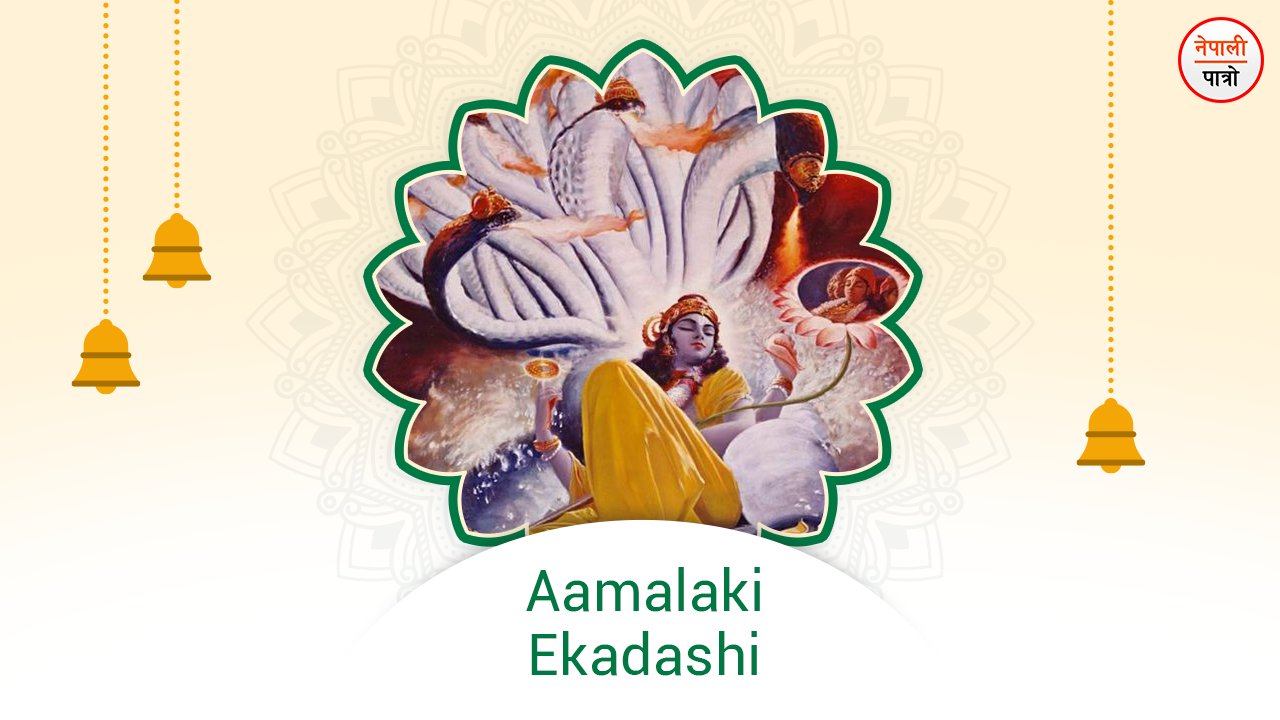 array(1) {
[0]=>
object(WP_Term)#2272 (16) {
["term_id"]=>
int(383)
["name"]=>
string(9) "Festivals"
["slug"]=>
string(12) "festivals-en"
["term_group"]=>
int(0)
["term_taxonomy_id"]=>
int(383)
["taxonomy"]=>
string(8) "category"
["description"]=>
string(440) "Festivals are celebrated on special days and dates by people of different castes and communities celebrating and worshiping different deities by having a feast etc. Melapat (social gathering), means trips, and festivals that bring people together. Jatra usually means the festival of god or goddess like Rath Yatra, Khat Yatra etc. Likewise, traditions refer to different Rituals, practises, and traditions that have long been practiced."
["parent"]=>
int(0)
["count"]=>
int(94)
["filter"]=>
string(3) "raw"
["cat_ID"]=>
int(383)
["category_count"]=>
int(94)
["category_description"]=>
string(440) "Festivals are celebrated on special days and dates by people of different castes and communities celebrating and worshiping different deities by having a feast etc. Melapat (social gathering), means trips, and festivals that bring people together. Jatra usually means the festival of god or goddess like Rath Yatra, Khat Yatra etc. Likewise, traditions refer to different Rituals, practises, and traditions that have long been practiced."
["cat_name"]=>
string(9) "Festivals"
["category_nicename"]=>
string(12) "festivals-en"
["category_parent"]=>
int(0)
}
}
festivals-en
Festivals
array(1) {
[0]=>
object(WP_Term)#2272 (16) {
["term_id"]=>
int(383)
["name"]=>
string(9) "Festivals"
["slug"]=>
string(12) "festivals-en"
["term_group"]=>
int(0)
["term_taxonomy_id"]=>
int(383)
["taxonomy"]=>
string(8) "category"
["description"]=>
string(440) "Festivals are celebrated on special days and dates by people of different castes and communities celebrating and worshiping different deities by having a feast etc. Melapat (social gathering), means trips, and festivals that bring people together. Jatra usually means the festival of god or goddess like Rath Yatra, Khat Yatra etc. Likewise, traditions refer to different Rituals, practises, and traditions that have long been practiced."
["parent"]=>
int(0)
["count"]=>
int(94)
["filter"]=>
string(3) "raw"
["cat_ID"]=>
int(383)
["category_count"]=>
int(94)
["category_description"]=>
string(440) "Festivals are celebrated on special days and dates by people of different castes and communities celebrating and worshiping different deities by having a feast etc. Melapat (social gathering), means trips, and festivals that bring people together. Jatra usually means the festival of god or goddess like Rath Yatra, Khat Yatra etc. Likewise, traditions refer to different Rituals, practises, and traditions that have long been practiced."
["cat_name"]=>
string(9) "Festivals"
["category_nicename"]=>
string(12) "festivals-en"
["category_parent"]=>
int(0)
}
}
festivals-en
Festivals
February 25, 2022 2 years
Hearing the name of Yamraj, the souls of many people tremble. In such a situation, if you see Yamraj, then you will be really scared. But according to the dream scripture, seeing Yamraj in a dream gives auspicious signs. According to the dream scripture, if Yamraj comes in someone’s dream, then it is a sign of freedom from diseases.